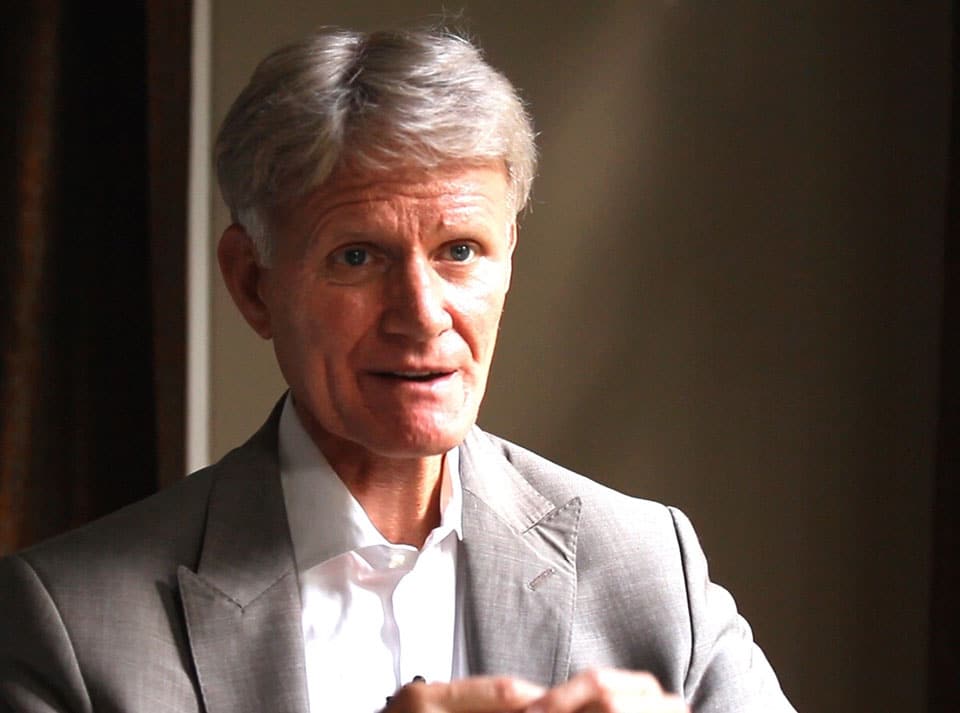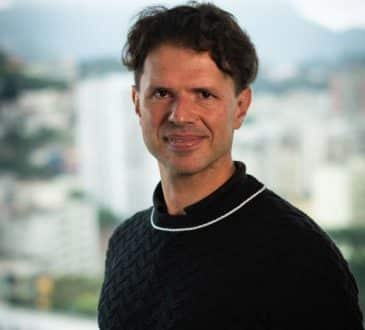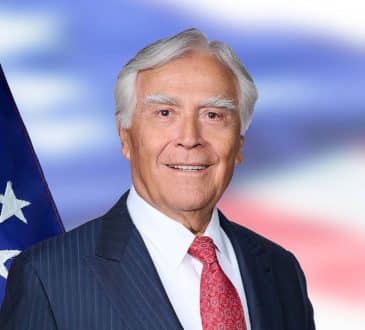Can David Fix Goliath? How to Save Corporate America

Corporate America stands at a crossroads. On one hand, they provide jobs and drive incredible innovation. On the other, their leaders engage in alarming excesses. For instance, executive pay has gone from 20 times the average worker’s pay in the 1970s to over 300 times as much today. This issue is further exacerbated by toxic work environments that prioritize profits over people and leaders with an inability to admit mistakes and habit of blaming others instead. Having lived this reality, I know these leadership and systemic flaws firsthand. They are more than just theoretical; they are personal.
In the 1980s, as CEO of Tires Plus, I was the epitome of corporate toxicity. I was consumed by a relentless drive for success — philandering, belittling employees, and pursuing profits at all costs. My pursuit of growth and wealth led to a personal reckoning: divorce, near-bankruptcy, and a cancer diagnosis. These were the consequences of my unbalanced behavior, and they forced me to ask myself a difficult question: What is the real purpose of leadership?
My Journey to Redemption
My transformation began with psychological therapy, spiritual study, and more nutritious food. These things combined with my exercise habit — one of the few good ones I had at the time — to change the way I felt, thought, and acted. I knew I was progressing when one day at our company picnic, Gwen Heimer, a candid spouse of our teammate Eric Heimer, looked at me quizzically and said: “You really do care about us now.” By the time I emerged on the other side of this personal crisis, I had discovered a radical truth: Success in business and empathy for people are not mutually exclusive. In fact, they are interdependent.
As I shifted my leadership style away from being a hard-nosed boss (who once told one of my VPs “Joe is smiling a bit too much; I don’t think he’s working hard enough”), the results spoke for themselves. Putting people first results in a healthier bottom line, I learned as our profits skyrocketed.
We implemented a new operating system at Tires Plus, built on a foundation of care, collaboration, and community. It was proof that a people-first approach didn’t just feel good — it worked. Our company expanded to 150 locations, becoming one of the largest independent tire retailers in the United States. More importantly, our teammates (employees) and guests (customers) thrived as our “culture and climate” scores and GEI (guest enthusiasm index) both went through the roof.
Fixing Corporate America: Ideas to Choose From
The following are things we did; if some of them resonate with you, use them in your company. Feel free to bypass the ones that don’t; each company is unique, and you know your people and your context better than anyone.
- Care Deeply About Your Team Members: Leadership isn’t about issuing directives from the corner office. It’s about listening, understanding, and valuing every member of your organization. When employees feel seen, heard, and appreciated, they will go through brick walls for you and the team.
- Foster a Holistic Work Environment: The workplace isn’t just a venue for economic transactions. It’s a community where people spend the majority of their waking hours. By emphasizing wellness programs, flexible schedules, and mental health support, leaders can create a thriving ecosystem.
- Create a Team Wellness Program: Encourage physical, emotional, and mental well-being. At Tires Plus, we launched programs to support employees’ health, wellness, and fitness, going so far as to hire a full-time Wellness Coach. We had regular yoga classes, roving massage therapists going into our stores, and even installed a meditation room at headquarters. We held nutrition classes and implemented a program called Heart Math, which helped teammates control their breathing and stress levels. We invited speakers in for seminars: Deepak Chopra on Spirituality and Higher Consciousness, John Robbins on nutrition, and Dr. Brenda Schaeffer, my therapist, on emotional and psychological wellness. All of this led to measurable and immediate gains in morale and productivity.
- Give Back to the Community: Profits are essential, but purpose drives long-term success. Engage in corporate social responsibility initiatives that align with your company’s mission. When businesses contribute to society, they gain trust and loyalty from their stakeholders.
- Have Fun: Work doesn’t have to be drudgery. Create opportunities for joy and camaraderie — from team-building activities to simple moments of levity. We played ping pong at work, had an outdoor basketball court, and fielded a company basketball team that competed in adult leagues (I played on it). We had tire rodeos where our tire technicians competed for speed and quality of mounting and changing a tire. And we had a mock wedding between the Michelin Man and our tire mascot, Classy Tire.
- Balance your leadership style: It doesn’t work to be a doormat and do everything teammates want. It also doesn’t work to be a dictator. It took a while, but I found the balance between being warm-hearted and tough-minded.
- Embrace Vulnerability: Admitting my mistakes made me more honest and real to our team. It was also important in my dropping the mask to become an authentic leader. At a weeklong management conference in Quebec City, I brought my teammates’ anonymous reviews of my pluses and minuses. The other CEOs were outraged that I let employees say things like that about me. I explained that I would rather know what people are thinking in my quest to find healthy, necessary behavioral changes to benefit both myself and my company.
- Measure What Matters: In addition to profit and the hundreds of other ratios and numbers they swim in daily, leaders should also track their guest enthusiasm index and culture and climate rating and insist on intentional focus on those matters.
- Mentor the Next Generation: Young leaders often inherit flawed systems. As senior executives, it’s our duty to mentor them, sharing lessons learned from our successes and failures.
- Consider investing in/ assisting early-stage entrepreneurs doing good things in the world: For my son and me, it is companies like Dan Buettner’s Blue Zones and Blue Zones Kitchen, which promote longevity and wellness through community-driven practices. Another is TurnSignl, an app designed to make traffic stops safer for everyone involved. Or Boundless, which offers more efficient and less expensive legal and consulting services to legal immigrants. These projects reflect a commitment to solving real-world problems while providing an opportunity for profitability as well.
New Movie: Confessions of a CEO
The above crash-and-burn story, containing lessons I’ve learned over decades of leadership, is chronicled in my forthcoming documentary feature, Confessions of a CEO: My Life in an Out-of-Balance World (Streaming available February 11, 2025). My story is not unique — it’s a microcosm of a larger problem in corporate culture. But it contains ideas on how CEOs who are operating in a toxic, greedy, and uncaring manner might move forward.
My hope is that this film — and the conversations it inspires — will empower today’s upcoming leaders to be the Davids who work to fix Goliath to build a better world.
Written by Tom Gegax.
Have you read?
Countries with the most gold reserves.
World’s Best Public Relations Agencies (Top PR Firms).
Countries with the highest human freedom.
World’s Safest & Most Dangerous Countries For Travelers.
Longest and Shortest Life Expectancies in the World.
Bring the best of the CEOWORLD magazine's global journalism to audiences in the United States and around the world. - Add CEOWORLD magazine to your Google News feed.
Follow CEOWORLD magazine headlines on: Google News, LinkedIn, Twitter, and Facebook.
Copyright 2025 The CEOWORLD magazine. All rights reserved. This material (and any extract from it) must not be copied, redistributed or placed on any website, without CEOWORLD magazine' prior written consent. For media queries, please contact: info@ceoworld.biz








